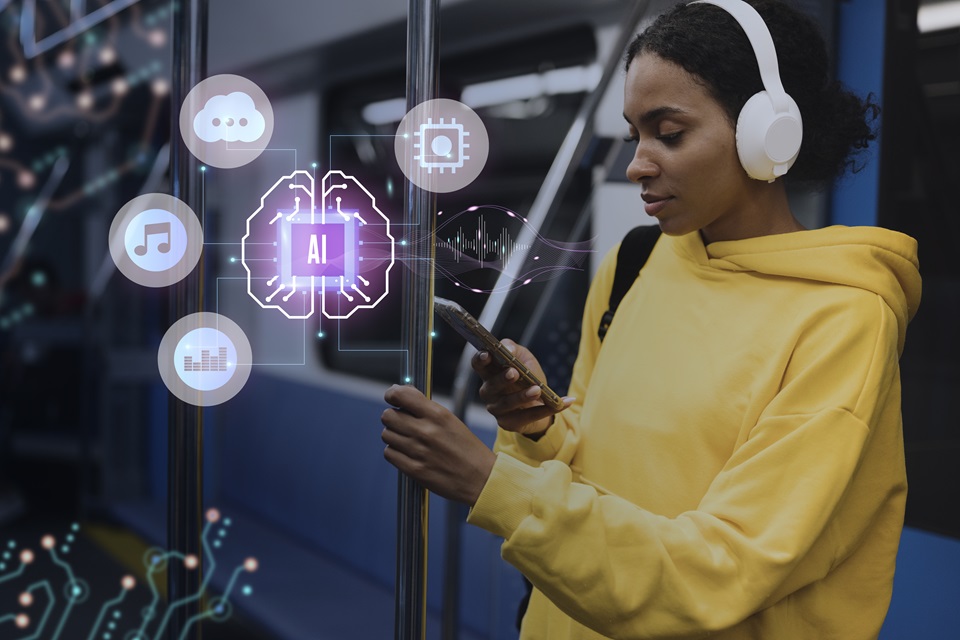In digital communication, chatbot and conversational artificial intelligence are often used interchangeably, yet they represent distinct technologies with different capabilities. Chatbots have been around for years, providing scripted responses to user inquiries. However, conversational AI takes this concept further by using advanced algorithms to understand, learn from, and respond to human language more naturally and more sophisticatedly. Understanding the differences between these technologies is crucial for businesses looking to improve their customer interaction strategies.
Table of Contents
Definition & Basic Function
Chatbots are programmed to respond to specific commands or questions with pre-defined answers. These tools operate based on rules and are limited to the scenarios they have been programmed to handle. Chatbots are excellent for straightforward tasks like answering FAQs or guiding users through a website.
Conversational artificial intelligence, on the other hand, uses machine learning and natural language processing (NLP) to understand the intent behind a user’s message, allowing it to engage in more fluid and dynamic conversations. This technology can interpret various human expressions and evolve, learning from each interaction to improve its responses.
Scope Of Application
Chatbots are typically used for specific, narrow tasks within a defined scope. Their ability to handle inquiries directly relates to how well they have been programmed for certain use cases. For instance, a chatbot on a banking website might be excellent at providing information about account types but unable to assist with unrelated customer service issues.
Due to their adaptive learning capabilities, conversational artificial intelligence systems are equipped to manage a broader range of applications. They can be deployed across various platforms and services, from customer support and personal assistants to more complex applications like medical diagnostics or personalized shopping experiences.
User Experience
The user experience with chatbots can vary significantly. While they are efficient at handling routine tasks, they may struggle with nuanced or unexpected questions, leading to frustration for users. The interaction often feels transactional, with limited engagement beyond the bot’s programmed capabilities.
Conversational artificial intelligence offers a more natural and engaging user experience. These systems can provide personalized responses and maintain a coherent conversation flow by understanding context and learning from previous interactions.
Learning & Adaptation
A key difference between chatbots and conversational artificial intelligence is their ability to learn and adapt. Chatbots do not learn from interactions; their performance is static, limited to their initial programming.
Conversational artificial intelligence systems continuously learn from every interaction, adapting their responses to new information. This ability to learn and evolve improves the accuracy and relevance of responses over time and allows conversational artificial intelligence to anticipate user needs and offer more proactive assistance.
Implementation & Maintenance
Implementing a basic chatbot can be relatively straightforward and cost-effective, making it an attractive option for businesses with limited needs or resources. Maintenance involves updating the script and rule set as needed, which can be managed without extensive technical expertise.
While more complex and costly to implement, conversational artificial intelligence systems offer greater long-term value through their adaptive learning capabilities and broader application potential. Implementing conversational artificial intelligence requires a more significant upfront investment in technology and expertise.
According to Verint, “Harnesses conversational AI and a low-code approach to scale automated customer interactions across all your engagement channels – from voice to digital – for immediate ROI.”
Chatbots and conversational AI are both used to automate and improve digital communication. However, they differ in complexity and user experience. Chatbots are good for simple tasks, while conversational AI is better for personalized interactions. Businesses can benefit from using conversational AI to enhance their customer service and engagement strategies, giving them a competitive edge and improving customer satisfaction.



